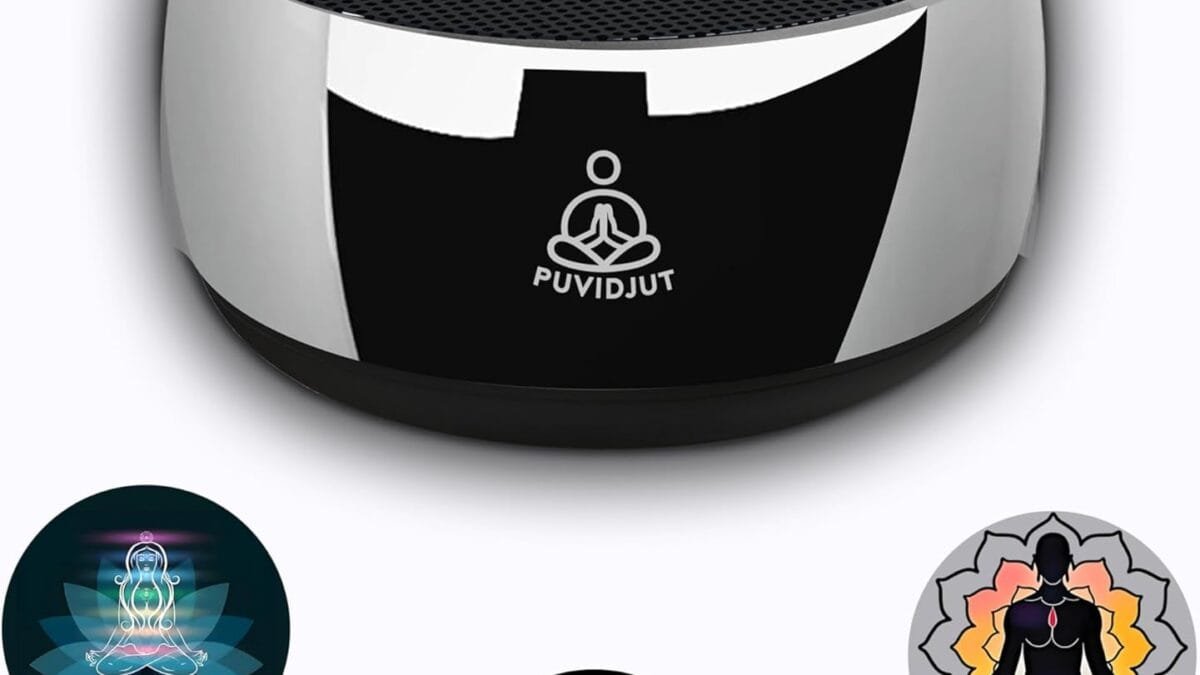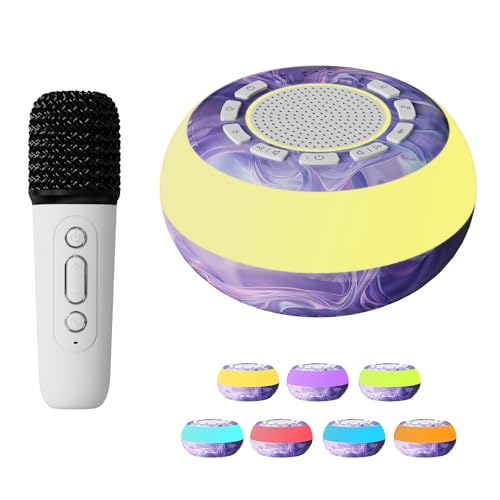Welcome to the rollercoaster of baby life—where sleep is a mythical beast and coffee is your trusty steed. Ever heard of wake windows? No, they’re not the gaps in your curtains letting in that pesky sunrise. They’re the golden nuggets of time your baby can stay awake before needing a nap. And trust me, nailing wake windows basics could be the difference between a well-rested angel and a tiny tyrant at 3 a.m.
- What Are Wake Windows, Anyway?
- Why Wake Windows Basics Are a Game-Changer
- Wake Windows by Age: Your Cheat Sheet
- How to Spot Your Baby’s Sleep Cues
- Crafting Baby Sleep Schedules: Step-by-Step
- Best of the Best Wake Windows Gear
- Wake Window Woes: Troubleshooting Tips
- Myths About Wake Windows—Busted!
- Master Wake Windows, Master Sleep
Here’s a zinger to hook you: Did you know babies have wake windows as short as 45 minutes in their first weeks? Wild, right? In this post, we’re diving into mastering wake windows, the key to better baby sleep. Our mission? To arm you with a parent’s guide to sleep schedules. So, grab your notepad (or a diaper, because multitasking), and let’s unlock the secret to optimal baby rest!
What Are Wake Windows, Anyway?
Let’s start with the basics. A wake window is the stretch of time your baby can handle being awake before they’re ready to crash. Think of it like their tiny battery life—once it’s drained, it’s nap time or bust. Too short, and they won’t sleep. Too long? Cue the meltdown. Mastering wake windows basics is like finding the sweet spot on a seesaw—tricky, but oh-so-rewarding.
Why does this matter? Babies don’t come with a manual (rude, I know), but their bodies give clues. Nailing these windows boosts baby sleep schedules and keeps crankiness at bay. Plus, it’s a sanity-saver for you. Who doesn’t want a happier baby and a chance to shower?
The Science Behind the Snooze
Here’s the nerdy bit—promise it’s quick! Babies’ sleep cycles are ruled by circadian rhythms (fancy term for their internal clock) and sleep pressure (the urge to doze). Wake windows balance these forces. Too much awake time, and cortisol (the stress hormone) spikes. Too little, and they’re not tired enough. It’s a dance, and you’re the choreographer.
Why Wake Windows Basics Are a Game-Changer
Alright, let’s get personal. You’re juggling bottles, diapers, and existential crises about whether you’ll ever sleep again. Enter wake windows—your VIP pass to optimal baby rest. Here’s why they’re worth your time:
- Fewer Tears: Catch that window, and your baby naps like a champ. Miss it? Hello, overtired meltdown central.
- Predictable Days: Consistent baby sleep schedules mean you can plan a coffee run—or a nap of your own.
- Happy Vibes: Well-rested babies are giggly babies. And a giggling baby? Priceless.
Still on the fence? Imagine this: You, sipping tea, while your little one snoozes peacefully. Wake windows make it possible.
Wake Windows by Age: Your Cheat Sheet
Now, the juicy part—breaking down wake windows by age. Babies change fast, so these windows shift like sand dunes. Don’t worry, though—I’ve got your back with this age-by-age guide. Do your research, tweak as needed, and watch the magic happen!
0–3 Months: The Newborn Naptime Hustle
Newborns are sleepy potatoes—adorable, but unpredictable. Their wake windows? A measly 45–90 minutes.
- Signs They’re Ready: Yawns, eye rubs, or that dazed “where am I?” stare.
- Nap Length: 1–3 hours. They’re basically napping pros at this stage.
- Pro Tip: Keep it dark and cozy with a white noise machine.
4–6 Months: The Curious Explorer Phase
By now, your baby’s awake more—think 1.5–2.5 hours. They’re nosy little detectives, soaking up the world.
- Signs to Watch: Fussiness or zoning out. Nap time’s calling!
- Nap Length: 1–2 hours, with 2–3 naps a day.
- Hack: Tire them out with a quick play session—tummy time works wonders.
7–12 Months: The Mover and Shaker Stage
Wake windows stretch to 2–4 hours. Your baby’s a mini tornado—crawling, babbling, and plotting world domination.
- Cue the Nap: Clinginess or that classic head-bonk-on-the-floor move.
- Nap Length: 1–2 hours, down to 2 naps.
- Gear Up: A sleep sack keeps them cozy.
12+ Months: The Toddler Transition
At this point, wake windows hit 4–6 hours. Naps drop to one glorious midday snooze.
- Sleepy Signals: Tantrums or the “I’m too cool to sleep” attitude.
- Nap Length: 1–2 hours. Bedtime’s your new best friend.
- Smooth It Out: A consistent routine is gold—story, cuddle, lights out.
How to Spot Your Baby’s Sleep Cues
Timing’s only half the battle. Babies drop hints like tiny breadcrumbs—catch ‘em, and you’re golden. Here’s your decoder ring for new parent sleep tips:
- Early Cues: Yawning, rubbing eyes, or staring into space. Act fast!
- Late Cues: Crying, arching back, or flailing like a mini rockstar. You’ve overshot—oops!
- Sweet Spot: Aim for calm but drowsy. Think “chill baby, ready to drift.”
Missed the window? No sweat. Rock them, shush them, and try again. You’re learning together!
Crafting Baby Sleep Schedules: Step-by-Step
Ready to put this into action? Let’s build a baby sleep schedule that sticks. Do your research, tweak for your baby, and roll with it.
- Track Awake Time: Use a timer or app. Note when they wake up.
- Watch for Cues: Pair timing with those sleepy signals we talked about.
- Set the Scene: Dim lights, soft sounds—mimic a womb vibe.
- Nap It Up: Lay them down drowsy but awake. Magic words: “Sleep tight!”
- Adjust as Needed: Babies grow—flex those windows accordingly.
Need more routine inspo? Check our Baby Bedtime Rituals 101 post!
Best of the Best Wake Windows Gear
Let’s talk tools—because the right gear makes optimal baby rest a breeze. Stock up on these goodies:
- Blackout Curtains: Block that sneaky sunlight. Naps on, chaos off.
- White Noise Machine: Womb-like hums for sleepy vibes.
- Sleep Tracker: Apps or wearables to log those windows.
Wake Window Woes: Troubleshooting Tips
Even pros hit bumps. Here’s how to dodge common pitfalls with new parent sleep tips:
“My Baby Won’t Nap!”
Overstimulated? Maybe. Wind down with a quiet cuddle or a lullaby. Too early? Stretch that window a bit.
“They’re Up All Night!”
Oof—classic overtired trap. Shorten the next wake window and reset. Consistency’s your friend.
“Naps Are Too Short!”
Catnaps happen. Extend awake time slightly or darken the room. Experiment—you’ll crack it!
Myths About Wake Windows—Busted!
Let’s clear the air. Wake windows get a bad rap sometimes, but I’m here to set it straight.
- Myth #1: They’re Too Rigid
Nope! They’re guides, not gospel. Flex with your baby’s mood. - Myth #2: All Babies Are the Same
Ha! Every kid’s unique—tweak those windows to fit yours. - Myth #3: It’s Too Complicated
Not true. Start simple, and it’s smooth sailing.
Master Wake Windows, Master Sleep
There you have it—understanding your baby’s sleep patterns in all its glory. We’ve unpacked wake windows basics, mapped them by age, and tossed in new parent sleep tips to keep you sane. From spotting cues to building baby sleep schedules, you’re now armed for optimal baby rest.
So, go forth, brave parent! Test those windows, tweak as needed, and bask in the glow of a sleeping baby. Got a win to share? Drop it in the comments below—we’re dying to hear! Sweet dreams await!












